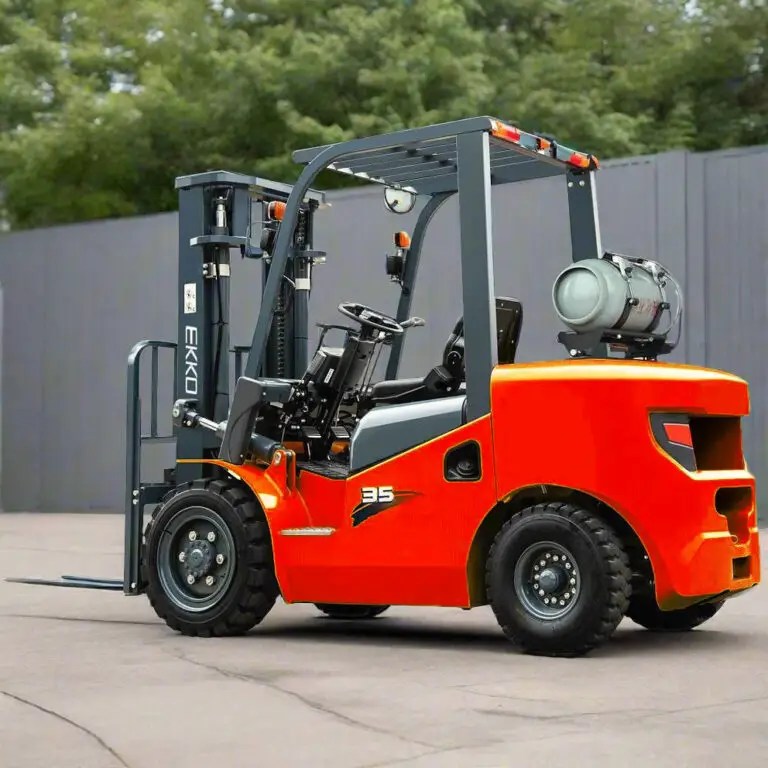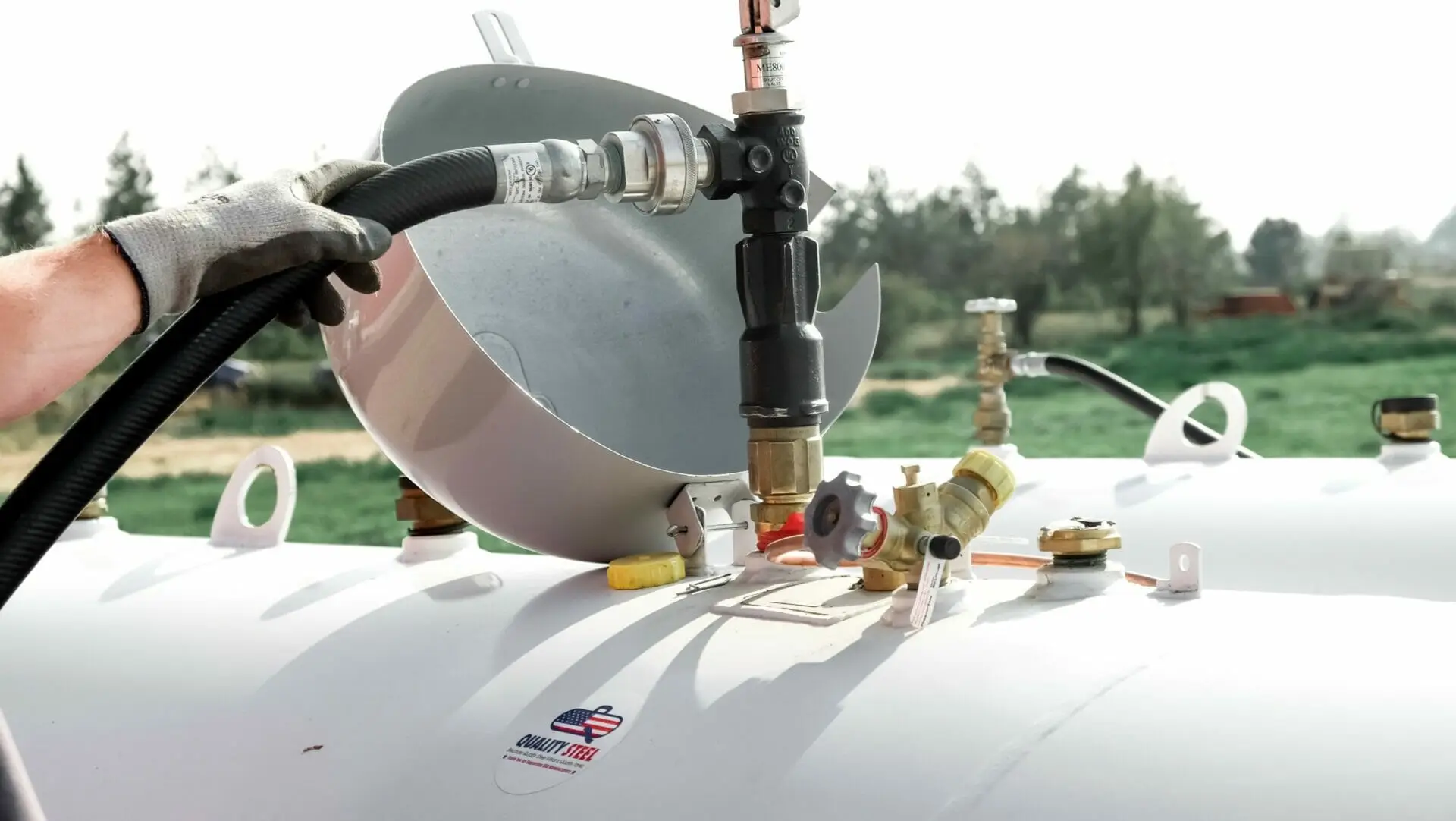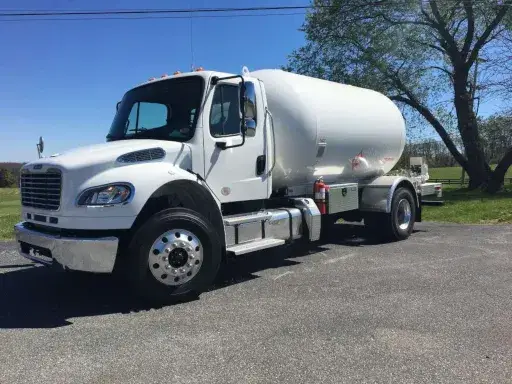
How Propane Forklifts Improve Warehouse Air Quality
How Propane Forklifts Improve Warehouse Air Quality Air quality in the warehouse is one area with direct implications for worker health, productivity, or issues related to compliance. Poor air circulation, fuel exhaust, or particulate buildup could easily render worker areas

